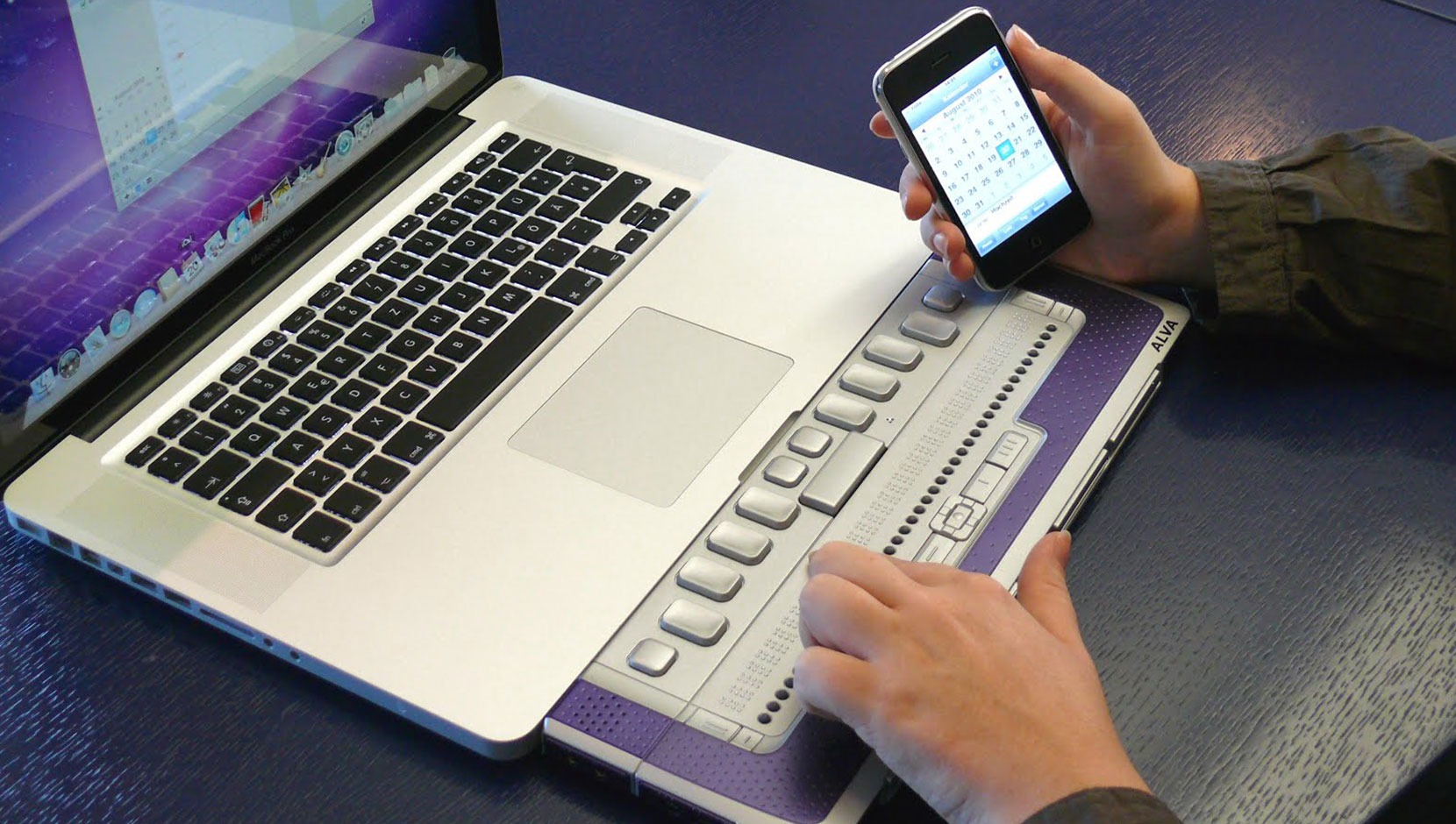Top 5 Tech Tools for Employees with Vision Loss


The evolution of technology has completely changed the way we live, work, and play—and this especially rings true for people living with vision loss. While we have all benefited in one way or another, technology has enabled people with vision loss to increase their independence at home, participate in their communities, and most of all, contribute to the workforce.
As a person who lives with complete vision loss, this resonates with me. Technology has enabled people like me to contribute to the workforce in a variety of ways through accessible tools and mobile apps.
“When professionals with vision loss are equipped with the right tools, they are bound for success; and when employers take the time to learn, they are equipped to create more diverse and inclusive workplaces.”
Here are my top five tech tool recommendations for professionals with vision loss to succeed in the workplace.
JAWS (Jobs Accessed with Speech)
JAWS is a screen reading software that works with Windows operating system to enable people with vision loss to interact with their computer through keyboard and sound. A combination of keyboard commands allow the user to access applications, create documents, surf the net, participate in video conferences, use social media, and so much more. JAWS can be used with a variety of applications like Google Suite, Office 365, Zoom Video Conferencing, and other text-based applications.
To avoid disturbing other co-workers, a headset can be plugged into the computer so that the voice is only transferred to the user’s ears. For those who prefer Mac over Windows, the equivalent to JAWS is Voiceover.
Using the same concept of keyboard and sound, Voiceover enables the user to access the same type of applications using the MacOS. The benefit to using Mac is that it can sync with other Apple devices, such as the iPhone and/or iPad.
Pearl Scanner and OCR Software
Even though most documents can, and should, be available in digital format—the reality is that some just aren’t. While traditional flatbed scanners have been used for years to scan photos and documents, paired with an Optical Character Recognition program, (OCR) like Kurzweil 1000, enables people with vision loss to access documents that otherwise would not be available to them.
This technology gives the user instant access to print documents by taking a picture of the document and then converts it into text. The Pearl scanner, a more portable efficient alternative, combined with programs such as OpenBook, JAWS, or Fusion, perform similarly.
I like the Pearl and OpenBook for its portability, simplicity, and features. It is important to note that these programs are unable to read handwriting.
The PenFriend Audio Label Maker
This innovative device has been a game changer for people living with vision loss! The hand-held device enables the user to record and identify objects by using their own voice. It’s as simple as holding down a button, recording the name of the object on to a coded self-adhesive label, associating the label to that item, and then touching the label with the PenFriend to identify it.
In addition, the PenFriend can also be used to record personal notes and can be used as a portable MP3 player. Identifying items at work and home can become seamless with this device and helps to increase independence.
Refreshable Braille Display
A refreshable braille display is a device that provides braille output from a computer, smartphone, or tablet. Through the electronic pins that formulate braille, the user is able to interact with what is happening on the computer screen. As the user opens different applications, the display changes, hence the term “refreshable.”
A braille display can be useful for those who are required to edit documents, interact with others by phone, and is beneficial for people who are deaf-blind, as they are unable to depend on speech output.
Video Magnifiers
Video magnifiers have transformed the way individuals with vision loss access information. Individuals with partial vision loss often struggle with reading print documents, as it can take much longer and also be quite straining on the eyes.
Video magnifiers work like a traditional magnifying glass—but are much more comprehensive as they come in a variety of versions such as desktop and portable.
Video magnifiers enable the user to tailor the features according to their needs. Most devices enable the user to customize the colour of the background and font, change the font size, and choose how much text can be seen at one time. In addition, some desktop video magnifiers even have speech built in.
These features allow the end user to tailor the device according to their needs, resulting in a more pleasant and productive experience. Some popular choices for desktop versions include the Clearview C+ Speech With 24″ Monitor and the Topaz OCR Desktop Video Magnifier With Speech. Options for portable versions include the Ruby XL HD Portable Video Magnifier and the UltraMag 5 Portable Electronic Video Magnifier.
Funding for Tech for Your Employee with Vision Loss
There is funding available to help finance assistive technology as an accommodation in the workplace!
Assistive Technology Services from WorkBC provides equipment and devices to help individuals thrive in the workplace. Assistive Technology Services are available to individuals who have a work-related barrier due to a disability or a functional limitation. Your employee will have to apply themselves, rather than the employer.
Questions about WorkBC Assistive Technology Services? Need help applying? Contact: 1-844-453-5506 or [email protected]
These are just a few examples of the many types of tech tools that enable people with partial or complete vision loss to maintain their independence and succeed at work, home, and in their community.
Please keep in mind that “one size does not fit all.” Assistive devices and technology are unique to each user. What works for one may not work for another. When possible, encourage trialling prior to purchasing.
When employers take the time to inform themselves about assistive technology, it may help to identify gaps and develop opportunities to create a more diverse and inclusive workplace.
Anu Pala is an accessibility and inclusion consultant, certified life coach, trainer, public speaker, and member of Presidents Group’s Community of Accessible Employers.
The majority of Anu’s career has focussed on human services in the non-profit sector in the areas of career development, fundraising, vision rehabilitation, project management, and assistive technology training. Despite living with complete vision loss, Anu has not allowed this to define her, but rather uses it to fuel her to inspire and empower others.
A-Nu Vision Coaching & Consulting can be found at: www.a-nuvision.ca
